Moscow warns of ‘destabilizing innovations’ in US nuclear doctrine
- Update Time : Wednesday, September 4, 2024
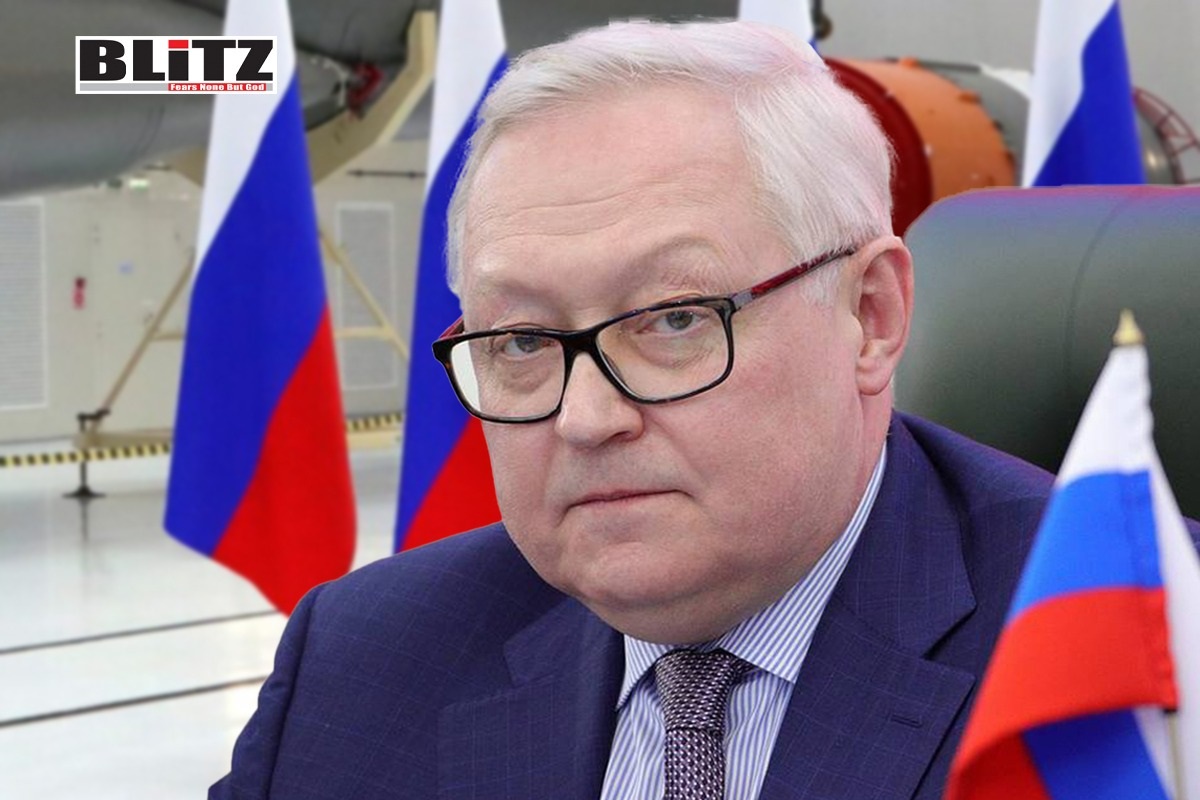
In a stark warning that underscores the growing tension between global powers, Russian Deputy Foreign Minister Sergey Ryabkov has expressed grave concerns over recent reports of a shift in the United States’ nuclear doctrine. According to a report by The New York Times, the Biden administration approved a new, highly classified nuclear strategy in March, with particular emphasis on China’s expanding nuclear capabilities. This shift, if confirmed, could significantly undermine global security, a prospect that Ryabkov described as “extremely destabilizing.”
The development of this new nuclear doctrine by the US is seen by Moscow as a continuation of what it perceives to be Washington’s increasingly aggressive foreign policy. While the full details of the new strategy have not yet been publicly disclosed, the early indicators, as reported by The New York Times, suggest that the doctrine considers potential “coordinated nuclear challenges” from China, Russia, and North Korea.
In an interview with TASS on September 1, Ryabkov emphasized the gravity of the situation, noting that although it is premature to delve into the specifics of the new strategy, the implications of such a shift are already concerning. “Given the overall extremely destructive foreign policy course of Washington, any ‘innovations’ can be expected, including extremely destabilizing ones,” Ryabkov warned.
In response to the perceived escalatory actions of the West, particularly in the context of the ongoing conflict in Ukraine, Russia has also been refining its nuclear doctrine. Ryabkov highlighted that this process is ongoing and complex, as it involves critical considerations for national security. However, he refrained from providing a specific timeline for the completion of this policy adjustment.
Russia’s current nuclear doctrine, as it stands, is largely defensive. It allows for the deployment of nuclear weapons only in response to the use of nuclear or other weapons of mass destruction against Russia or its allies, or in the case of a conventional aggression that threatens the very existence of the Russian state. This doctrine, while stringent, has been a key element in maintaining a precarious balance in global nuclear deterrence.
Despite the adjustments being made to its nuclear policy, Russian officials, including Ryabkov, have repeatedly stated that there are no plans to use nuclear weapons against Ukraine. The current updates to the doctrine are seen as necessary adaptations to the increasingly hostile environment fostered by what Moscow perceives as Western provocations.
The warnings from Moscow come at a time when the global balance of power is becoming increasingly fragile. The United States and Russia hold the two largest nuclear arsenals in the world, with approximately 5,000 and 5,500 warheads, respectively. Both nations are also signatories to the New START Treaty, which imposes limits on the number of deployed strategic nuclear warheads to 1,550. However, this treaty, which has been a cornerstone of nuclear arms control, is set to expire in 2026, and its future remains uncertain given the current geopolitical climate.
China, which is reported to have around 500 nuclear warheads, is also a growing concern in this equation. Although Beijing has signaled that it has no intention of joining the New START Treaty, its rapid expansion of nuclear capabilities is a key factor in the US’s recalibration of its nuclear strategy.
Adding to the chorus of concerns, Russian Foreign Minister Sergey Lavrov has criticized the West’s approach to the conflict in Ukraine and its broader geopolitical strategy. Lavrov argued that the West, particularly the United States, is deliberately pushing towards escalation, rather than seeking avenues for de-escalation. His comments came in response to Ukraine’s calls for Western arms suppliers to approve the use of long-range weapons for strikes deep inside Russian territory.
“This is a ruse. The West does not want to avoid escalation. The West is, as they say, asking for trouble,” Lavrov stated during a joint press conference with Yemeni Foreign Minister Shaya Mohsen Al-Zindani. He further contended that American planners are operating under the dangerous assumption that the US could remain insulated from the consequences of a potential conflict with Russia, a belief he described as deeply flawed.
The developments in US and Russian nuclear policies could signal the beginning of a new arms race, one that is not confined to just these two powers. With China’s nuclear capabilities growing and other regional powers like North Korea continuing to develop their arsenals, the global security landscape is becoming increasingly volatile.
Moreover, the potential unraveling of existing arms control agreements, such as the New START Treaty, could remove the last remaining checks on the deployment and development of nuclear weapons. This would not only increase the risk of a nuclear conflict but also diminish the effectiveness of global non-proliferation efforts, which have been instrumental in preventing the spread of nuclear weapons over the past decades.
As tensions rise and nuclear doctrines evolve, the importance of diplomatic engagement and efforts to de-escalate conflicts cannot be overstated. The potential consequences of a miscalculation in this high-stakes environment could be catastrophic, not just for the nations directly involved, but for the entire world.
Both the US and Russia, as the world’s leading nuclear powers, have a responsibility to lead by example. This means not only maintaining existing arms control agreements but also seeking new ways to manage and reduce nuclear risks. The international community must also play a role in encouraging dialogue and promoting stability, to prevent the current tensions from spiraling into a full-blown nuclear crisis.
The path forward is fraught with challenges, but the stakes are too high to allow complacency or escalation to prevail.


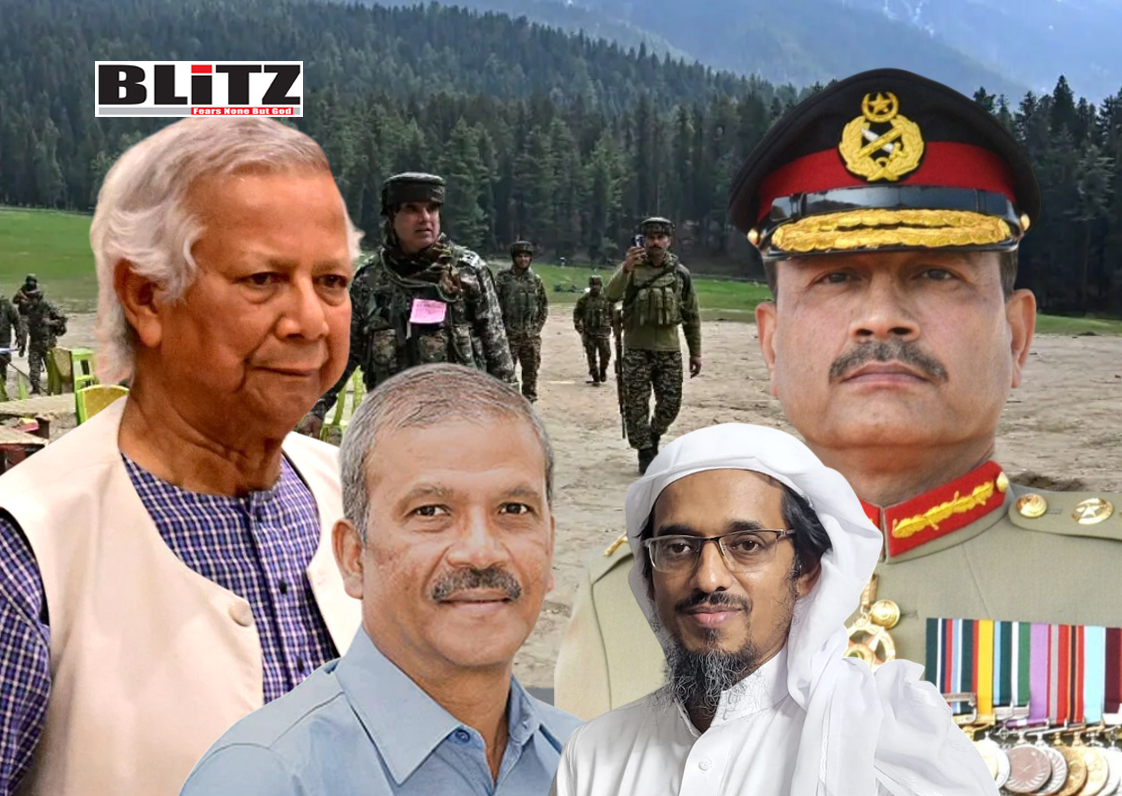
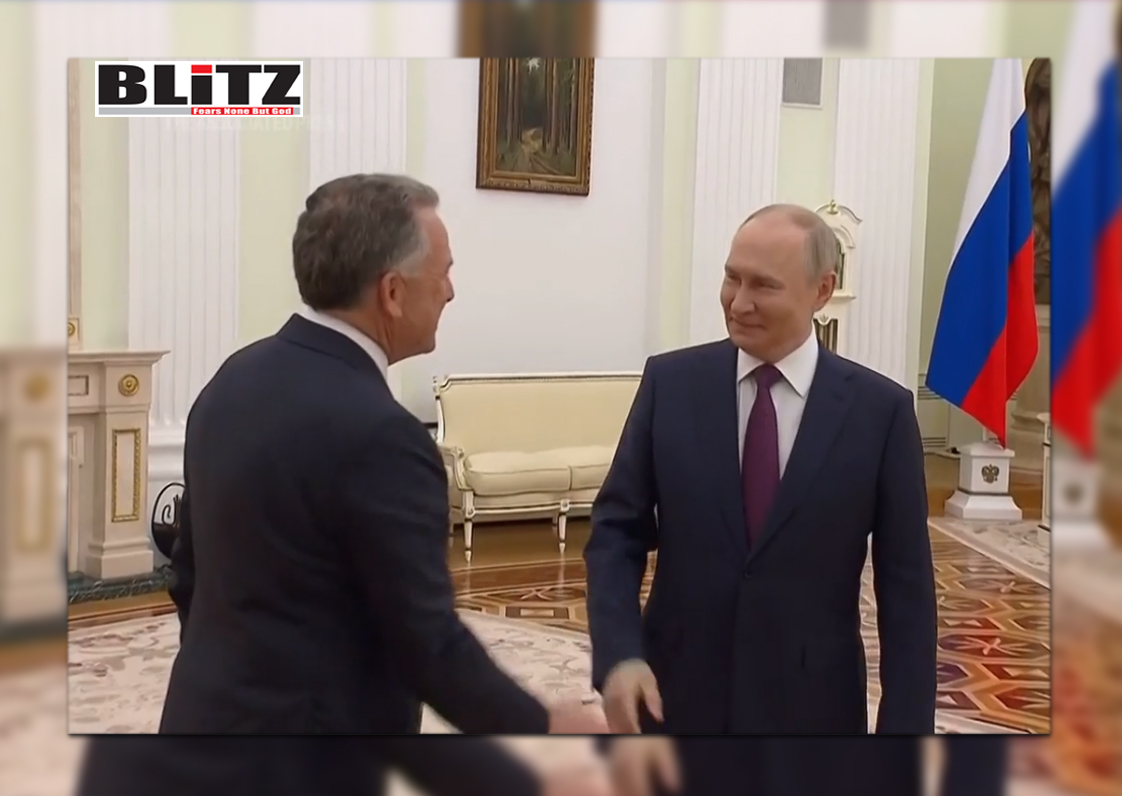
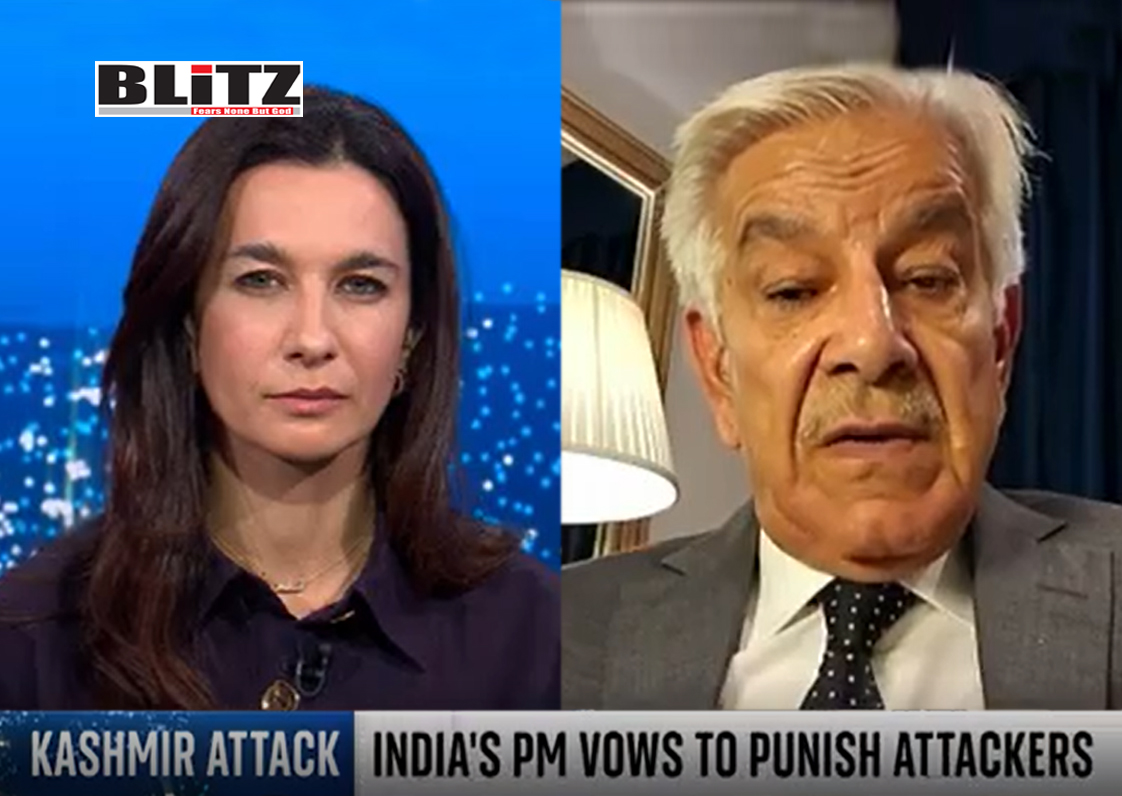
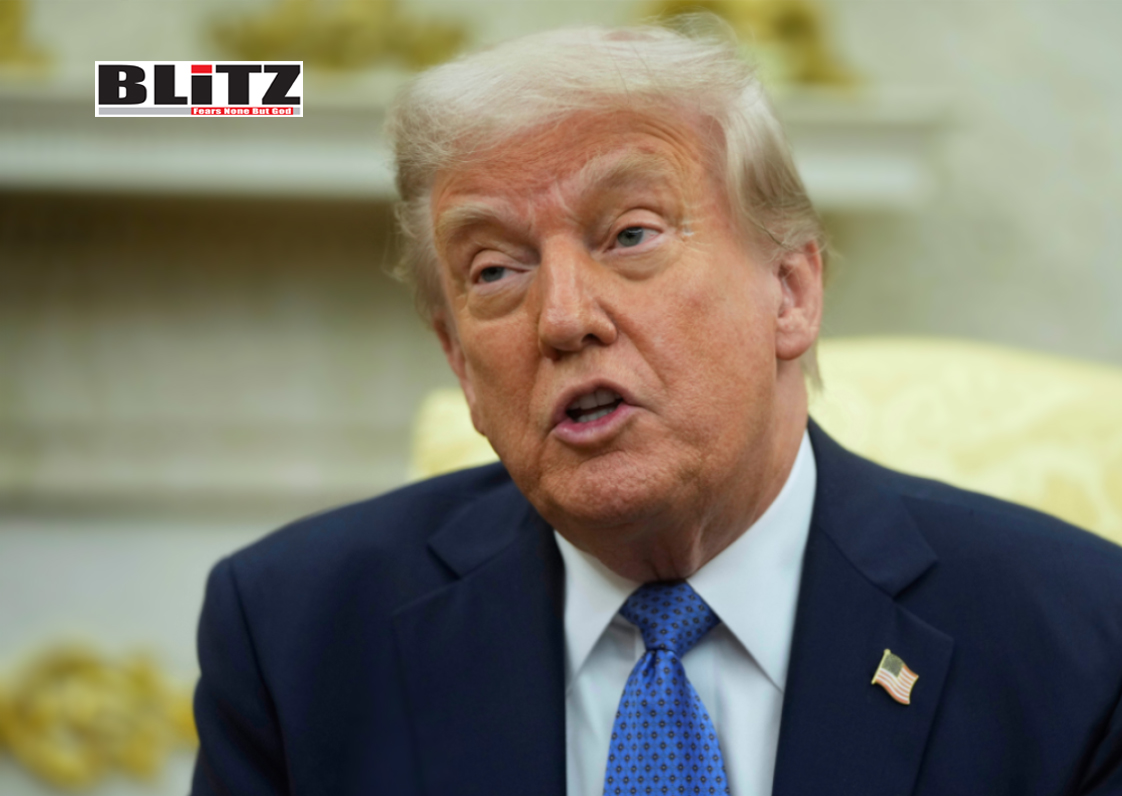
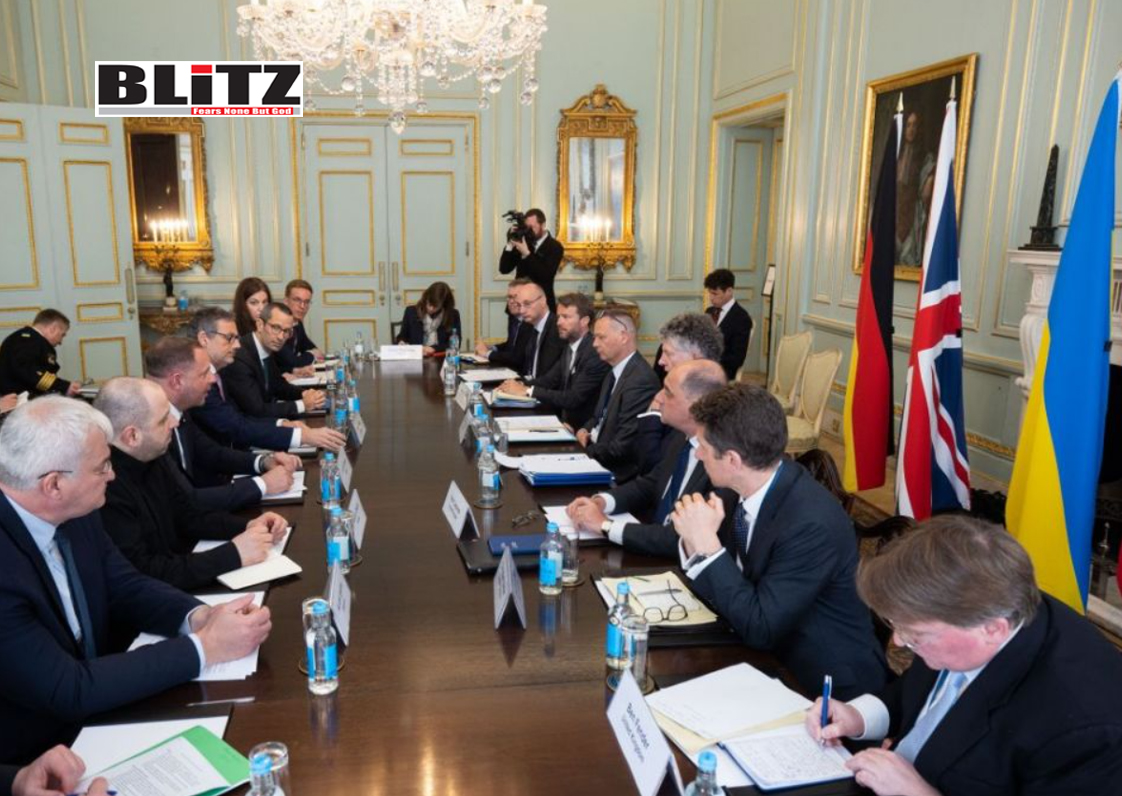
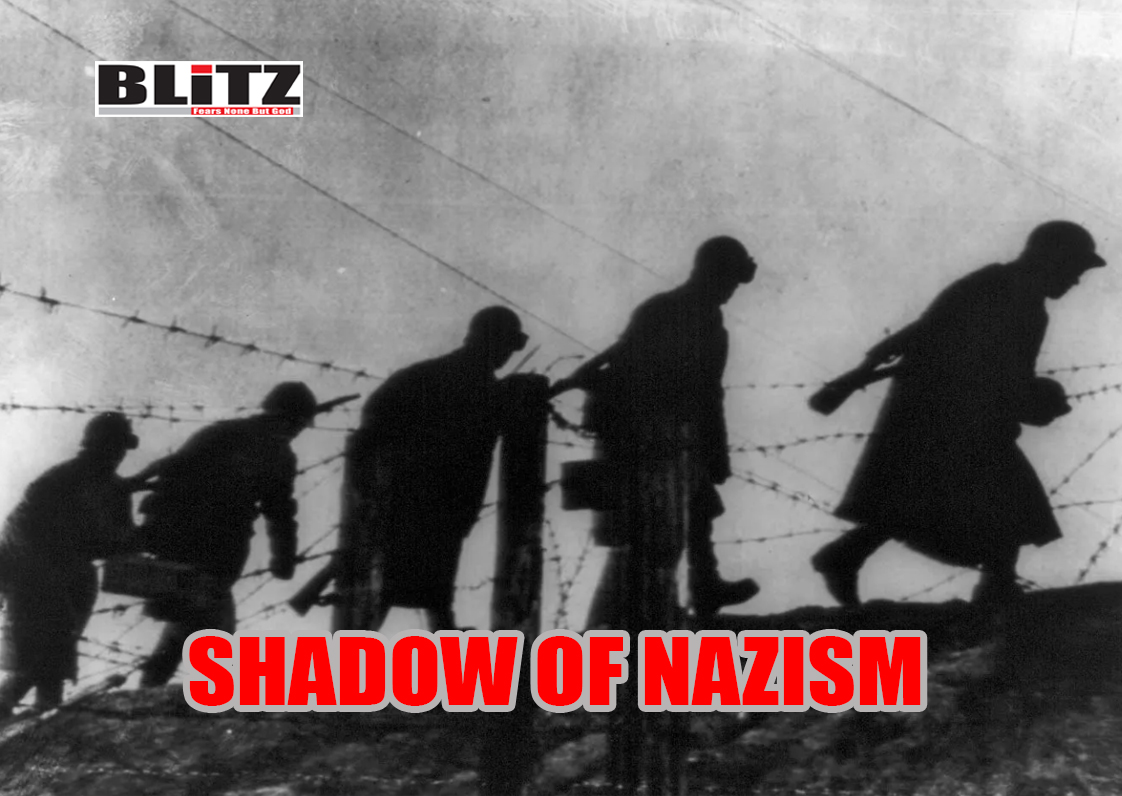

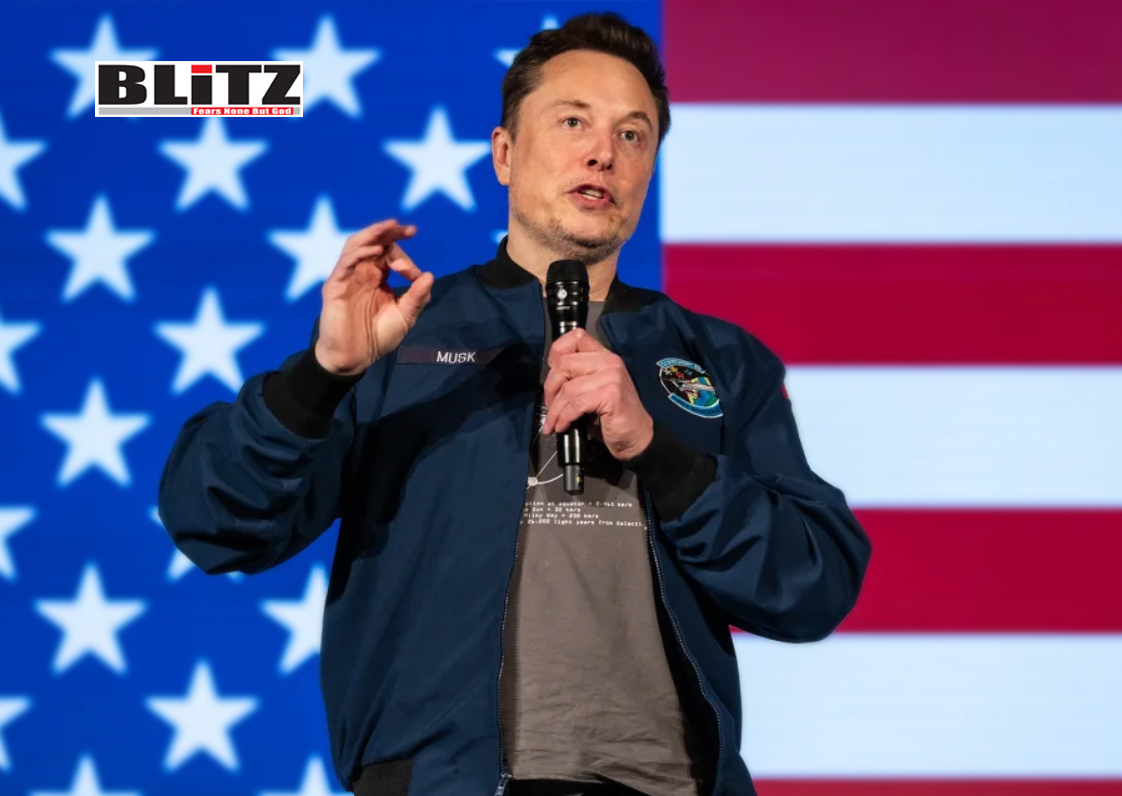
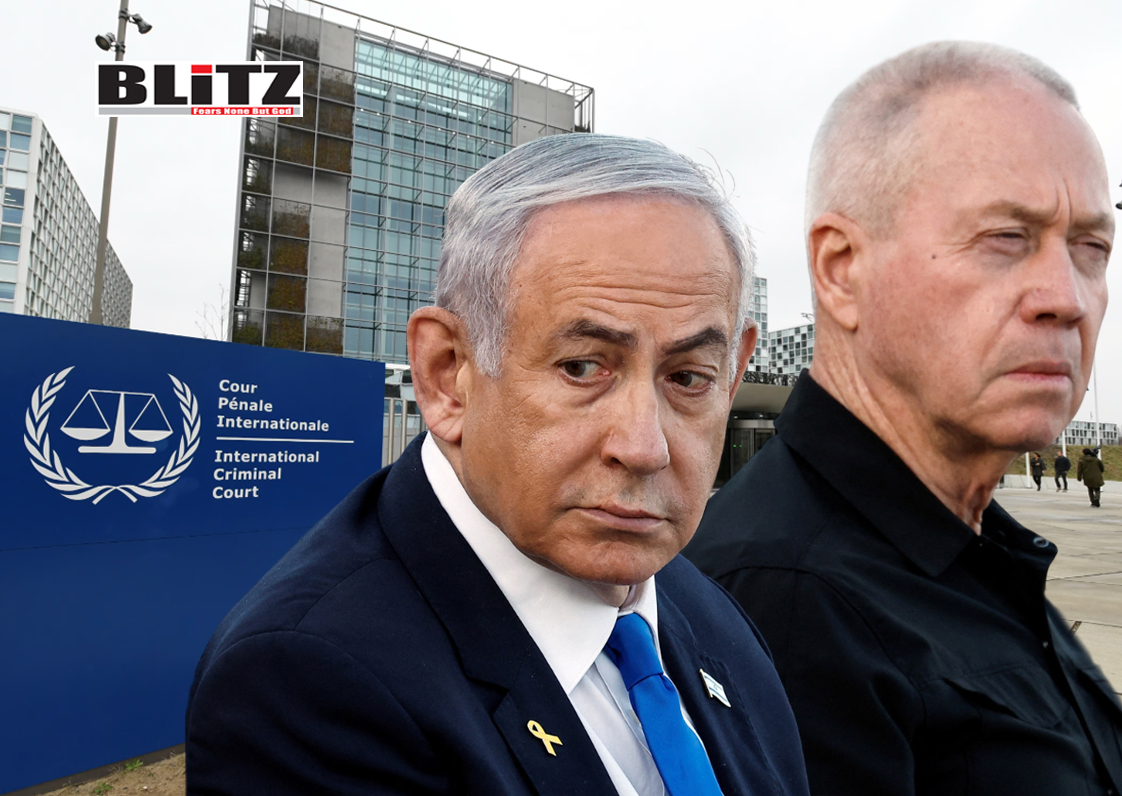

Leave a Reply